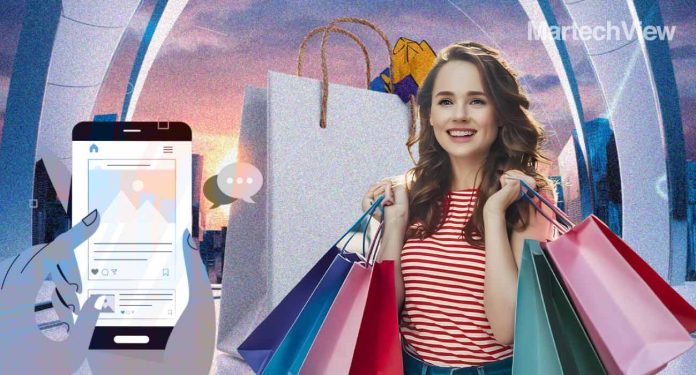New research reveals surprising truths about BNPL users. They’re not who you think! Learn how this payment method empowers responsible shoppers & boosts retailer revenue.
Retail payment options and the consumers who use them are undergoing a major transformation. Buy now, pay later (BNPL) continues to gain momentum as a powerful tool that helps merchants boost revenue and loyalty while empowering shoppers to better manage their finances.
A 2024 survey led by Sezzle and Retail Dive’s studioID reveals who today’s BNPL shoppers are—and they may not be who you think. Let’s look at some of the myths and truths we uncovered about these consumers.
Myth No. 1: Shoppers use BNPL because they can’t afford what they’re buying without it.
In the past, retailers may have thought consumers relied on BNPL in times of financial stress, but fiscal fragility isn’t the driver anymore.
Instead, half of the shoppers surveyed used BNPL to boost buying power and ensure they had the cash flow needed to support their purchases. First and foremost, they rely on this payment method to improve budgeting and cash flow. They also use it to avoid interest (32%), reduce credit card usage (28%), avoid longer-term debt (27%), and build credit (25%).
Myth No. 2: BNPL shoppers don’t have access to other forms of credit.
Several years ago, BNPL was perceived as a way to spend beyond your means. Options like credit, debit, and retail cards or loans weren’t available—but the latest industry data proves otherwise.
The truth: 73% of surveyed BNPL shoppers say they haven’t been denied a credit card, payment plan, or loan in the last three years. Instead of using the service to compensate for a lack of other payment methods, they use it as a responsible approach to buying. Buying now and paying later allows them to pay in a way that works best for their financial situation without overstretching their dollars or risking the possibility of overdrawing their bank or credit union accounts.
“Today, retailers need to be agnostic when it comes to payment forms,” explains Nancy Eichler, who joined Sezzle as senior vice president of marketing after spending more than a decade in retail sales leadership. “It’s all about accessibility. Suppose you’re not providing accessibility to your products by allowing consumers to shop using the form of payment and the BNPL platform they choose. In that case, that’s a disservice—not only to the consumer but also to you as a retailer.”
Myth No. 3: Shoppers only use BNPL to make large purchases.
Traditionally, BNPL may conjure images of people purchasing higher-value goods, such as luxury furniture, TVs and laptops, and indulgent vacations.
But in reality, consumers use BNPL payment methods to make purchases of all kinds. According to surveyed shoppers, top purchase categories include:
- Fashion/apparel (51%)
- Electronics (44%)
- Entertainment (44%)
- Health and beauty (25%)
Consumers generally finance between $100 and $499 in a single purchase, but price ranges vary. Lee Brading, senior vice president of corporate development and operational excellence at Sezzle, says it’s becoming less about splurging on expensive items and more about convenience and flexibility. “Since Sezzle has launched its subscription products, we’ve seen the average ticket price come down. People are using it more for everyday purchases.”
Myth No. 4: BNPL shoppers often default on their payments.
Some retailers and consumers may view BNPL as a debt trap that enables spending to spiral out of control. They assume that purchasers don’t make timely payments and risk costly penalties, sometimes damaging their credit.
But most consumers (87%) don’t struggle to make their BNPL payments on time. Because they use a financing option that works for them, they can purchase responsibly and split purchases into smaller payments without incurring interest or penalties.
Myth No. 5: BNPL is only used by Gen Z and Millennials.
While younger consumers are often drawn to BNPL’s benefits, our survey reveals that shoppers of all ages value its flexibility.
Instead of age, purchasing through short-term financing is often driven more by life events and preferences—whether college students buy books, young couples invest in home goods, or retirees make car repairs.
Also Read: Are You Getting the Most Out of Your Customer Data?
Explore BNPL in More Detail
Today, offering BNPL is less about financial vulnerability and more about accessibility and personalized experiences for the consumer. “When merchants don’t offer BNPL, then they make their products inaccessible and lose access to the group of consumers who want greater flexibility in how they pay,” says Eichler. “By making your products and services available to a larger group, you will naturally see a greater incremental lift.”










